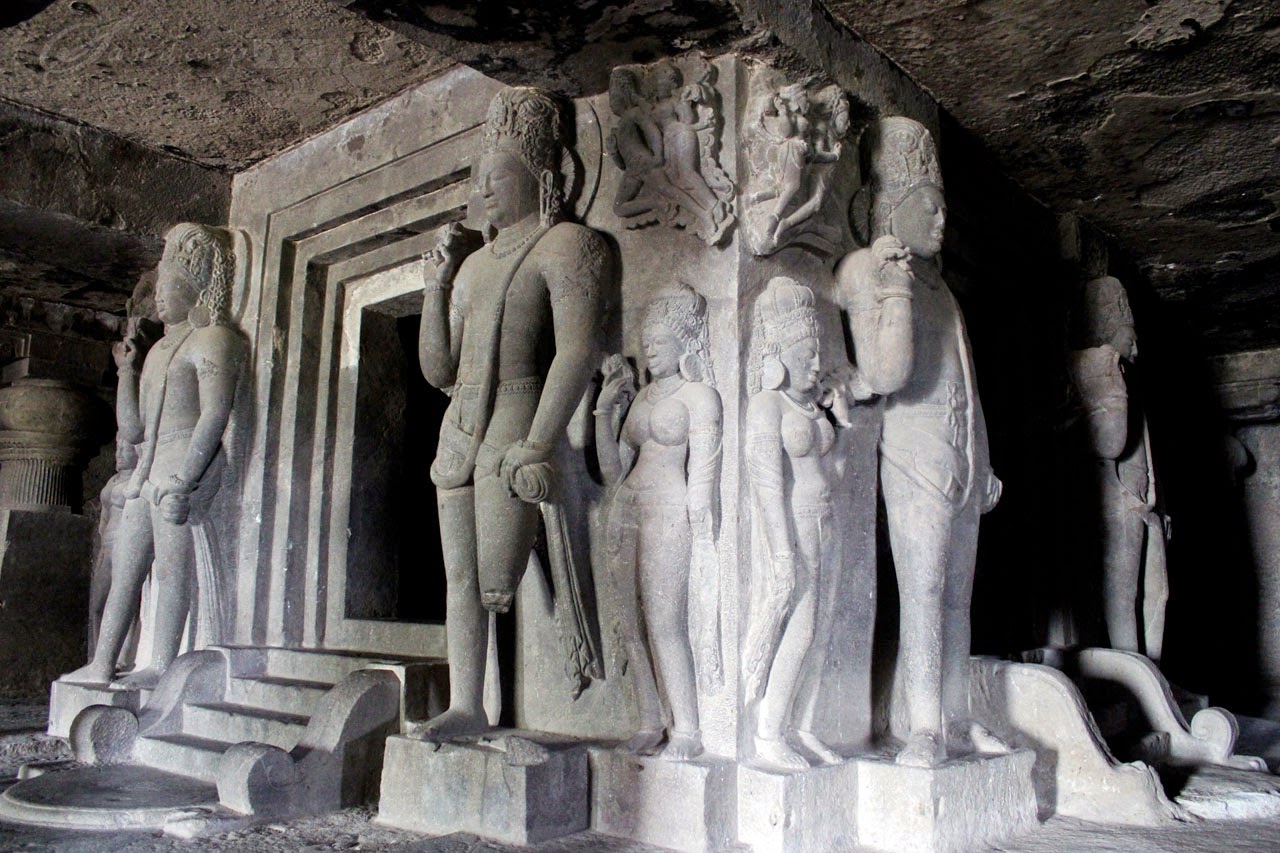Mahabaleshwar Trip - II: Mahabaleshwar

Mahabaleshwar Trip - II: Mahabaleshwar Mahabaleshwar is located in Satara district in the Sahyadri range of the Western Ghats, about 120km from Pune, It has an average elevation of 1,353 metres (4,439 ft), with the highest peak of about 1,439 m (4,721 ft). Where to Go: Mahabaleshwar is cooler and misty when compared to Panchgani. It has more number of viewpoints too, the complete list is here ; Elephant Head point/Needle Hole Point, Kate's Point, Echo Point, Mahabaleshwar Mandir, Panchganga Temple, Elphinstone Point, Marjori Point, Savitri Point, Castle Rock Point, the Arthur Seat, Tigers Spring point, Malcolm point, Lingmala Waterfall, Venna Lake, Wilson Point, Dhobi Waterfall, Lodwick Point, Bombay Point, Pratapgad fort, Hunter's Point, and Cannought Peak. How to Go: After Mapro there are two routes with different collection of viewpoints to choose from. The first one is the Duchess road, towards old Mahabaleshwar. There are about six significant attractio



